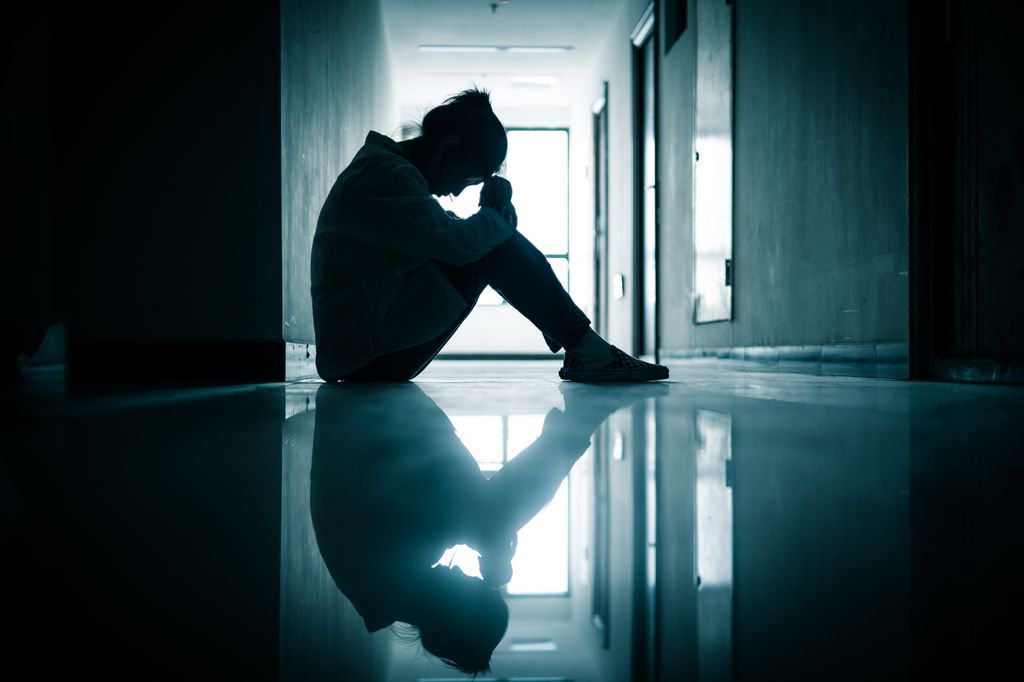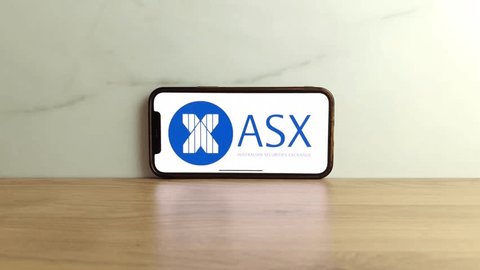Widespread Exclusion: One in 12 Secondary Pupils Put in Isolation Rooms Weekly, Study Finds

New research reveals that the use of school isolation rooms (internal exclusion) in English secondary schools is far more widespread than previously known. A major study from the University of Manchester found that one in 12 secondary pupils report being placed in isolation at least once a week. These students often spend over eight hours a week there, missing more than a full day of lessons.
The study found the practice disproportionately affects vulnerable groups:
- Children with special educational needs (SEN) are more than twice as likely to be isolated.
- Students from low-income backgrounds (eligible for free school meals) are more than one-and-a-half times more likely to be affected.
- LGBTQ+ pupils and students from Black, Asian, and mixed heritage backgrounds are also more likely to face isolation than their white British peers.
Parents and campaigners are concerned about the punitive nature of the system. Isolation—which often involves working alone in silence—is often used for minor rule breaches and can negatively impact a child’s education and mental health. Experts are calling for investment in positive behavior support and mandatory national reporting of isolation use, which is currently hidden from public view.


